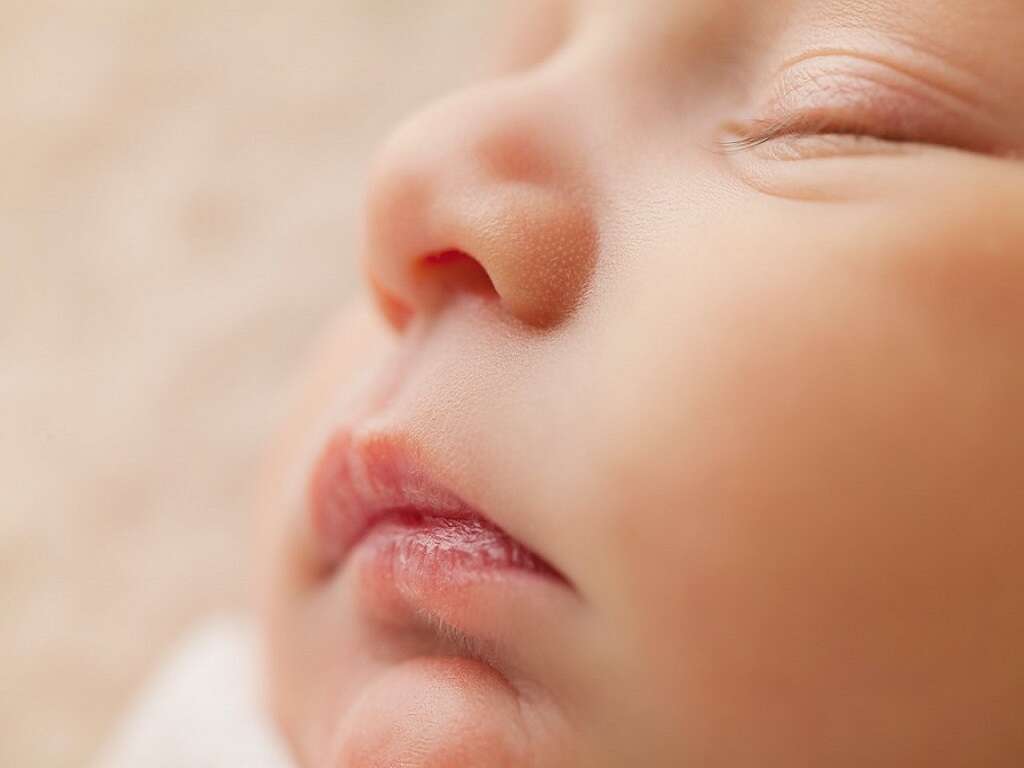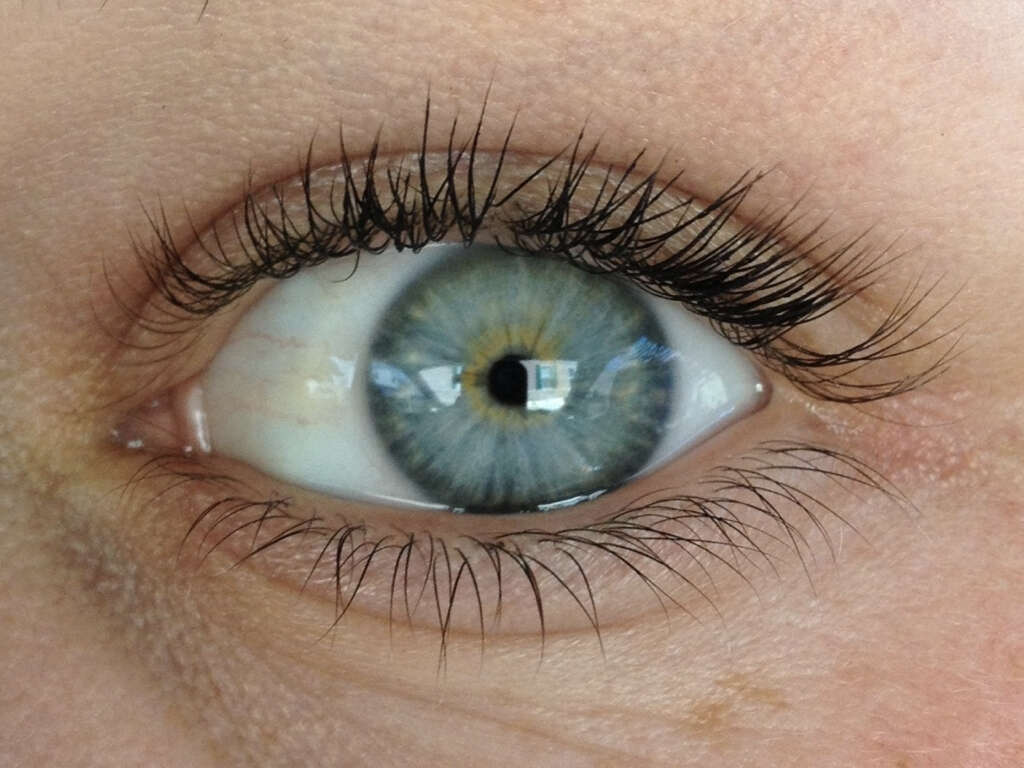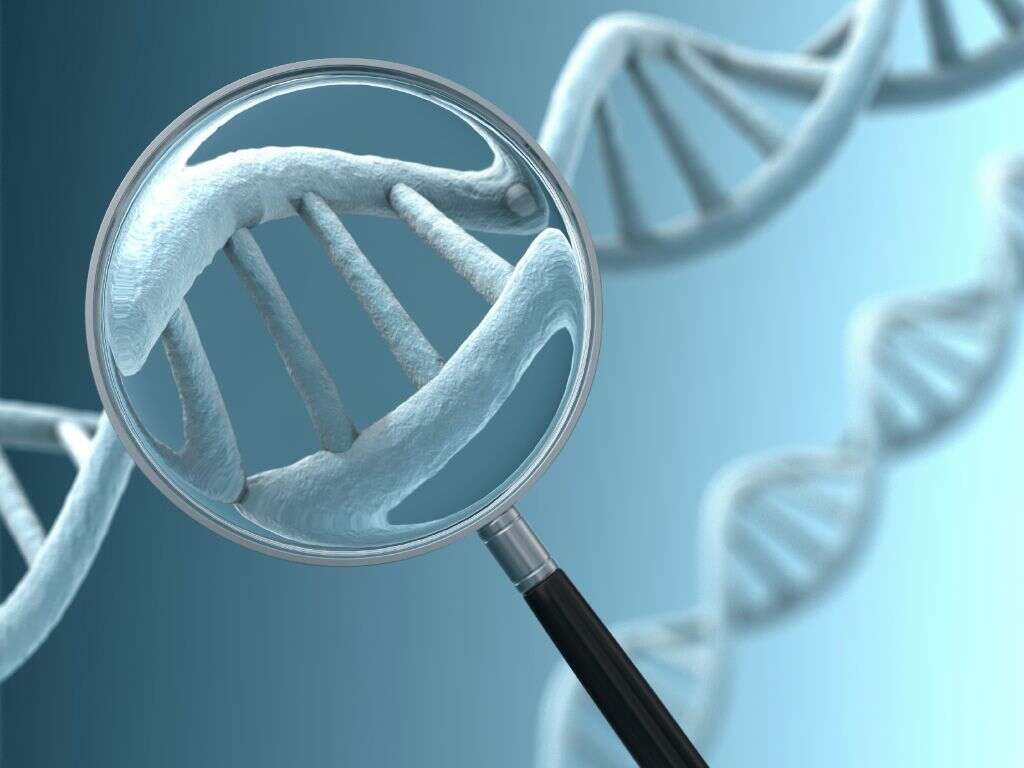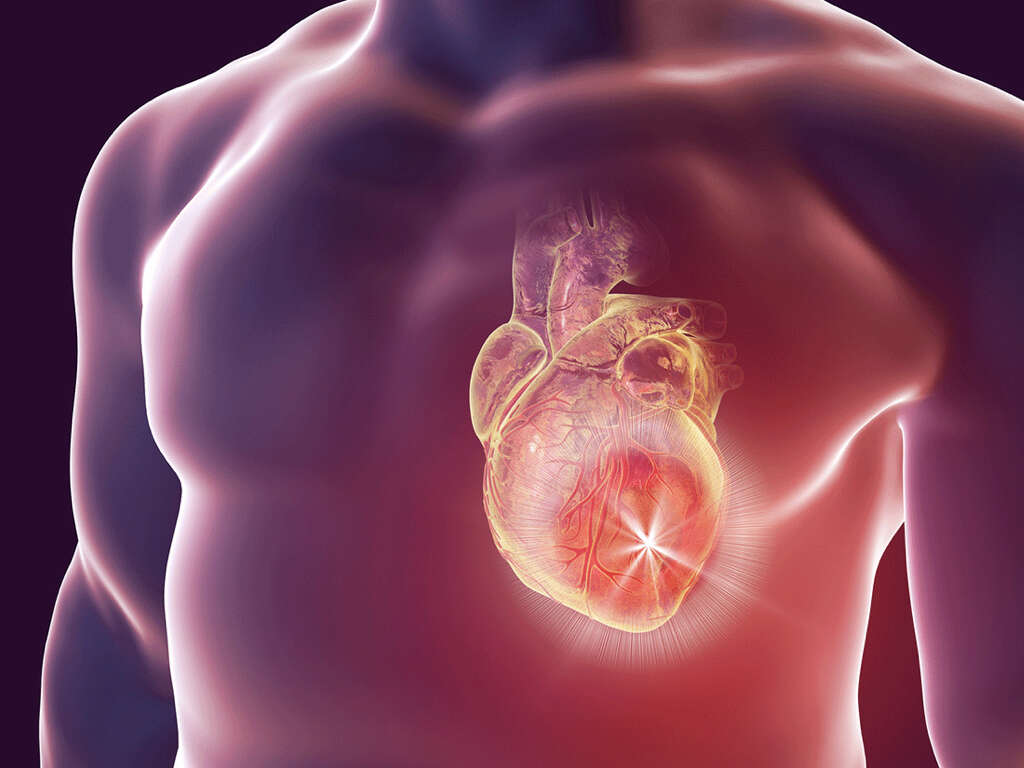10 Cleidocranial Dysplasia FAQs
 Article Sources
Article Sources
- 1. 'Cranial Sutures: MedlinePlus Medical Encyclopedia.' MedlinePlus - Health Information from the National Library of Medicine, 4 May 2021, medlineplus.gov/ency/article/002320.htm
- 2. 'Cleidocranial Dysplasia.' Genetic and Rare Diseases Information Center, U.S. Department of Health & Human Services, 19 Aug. 2020, rarediseases.info.nih.gov/diseases/6118/cleidocranial-dysplasia
- 3. 'Cleidocranial Dysplasia: MedlinePlus Genetics.' MedlinePlus - Health Information from the National Library of Medicine, Genetics Home Reference, 18 Aug. 2020, medlineplus.gov/genetics/condition/cleidocranial-dysplasia/#causes
How Does Cleidocranial Dysplasia Affect Infants and Children?
Cleidocranial dysplasia may or may not show up in newborns. Signs and symptoms are different for everyone. Still, some children are born with noticeable deformities such as fontanels wider than normal, a missing clavicle, wide eyes or deformed fingers.
Besides the health concerns, many children contend with difficulty in school and society because of their appearance. It's advisable to encourage children to join in on activities with their peers. Health care teams are an excellent resource for parents who need help and advice.
Advertisement











